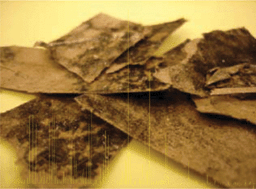Use of mass spectrometry for determining microbial toxins in indoor environments
Abstract
We know little about the health consequences of human exposure to microorganisms in the environment. This may largely be due to the lack of universally accepted, sensitive, reproducible, non-discriminatory, and health relevant methods for characterizing the exposure. In this review, some of the different mass spectrometry methods that have been developed for measuring endotoxin and


 Please wait while we load your content...
Please wait while we load your content...